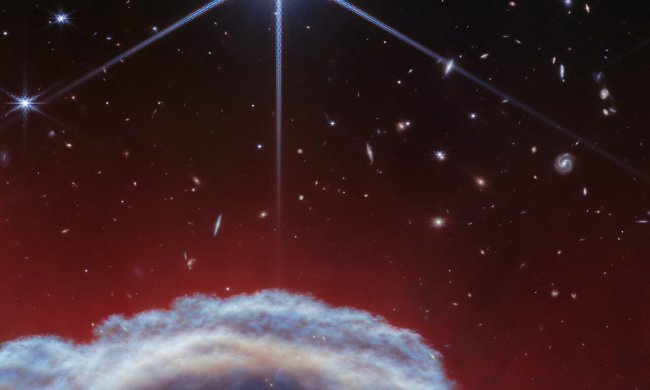This week’s image from the Hubble Space Telescope shows the delightfully named Little Sombrero galaxy, called that for its long thin shape with a bulge in the middle which is reminiscent of the shape of the traditional Mexican hat.
The Little Sombrero galaxy, also known as NGC 7814 or Caldwell 43, is located 40 million light-years away and is relatively small, at 80,000 light-years across. For reference, our Milky Way galaxy is larger at around 106,000 light-years across. The Little Sombrero has another distinctive feature as well as its shape, as it is a particularly dusty galaxy. Dust accumulates in its disk in particular, while its central bulge is brighter and full of stars illuminating the gas around them.

The Little Sombrero is one of a matched pair of galaxies, with an older sibling named the Sombrero galaxy. The Sombrero galaxy is actually about the same size as the Little Sombrero, but because it is closer to us it appears to be larger in the sky. The Sombrero galaxy, also known as Messier 104, is located 28 million light-years away and shares a similar shape of a wide disk seen edge-on, with a central bulge.
The Sombrero galaxy has also been captured by Hubble, in a famous image released in 2003. This galaxy is also seen edge-on from Earth, so it has a similar shape. This image was chosen to celebrate Hubble’s five-year anniversary for its high level of detail showing the magnificent galaxy as captured in what was at the time one of the largest mosaics ever assembled from Hubble data. It was created from six separate images to capture the full galaxy in all its glory.




